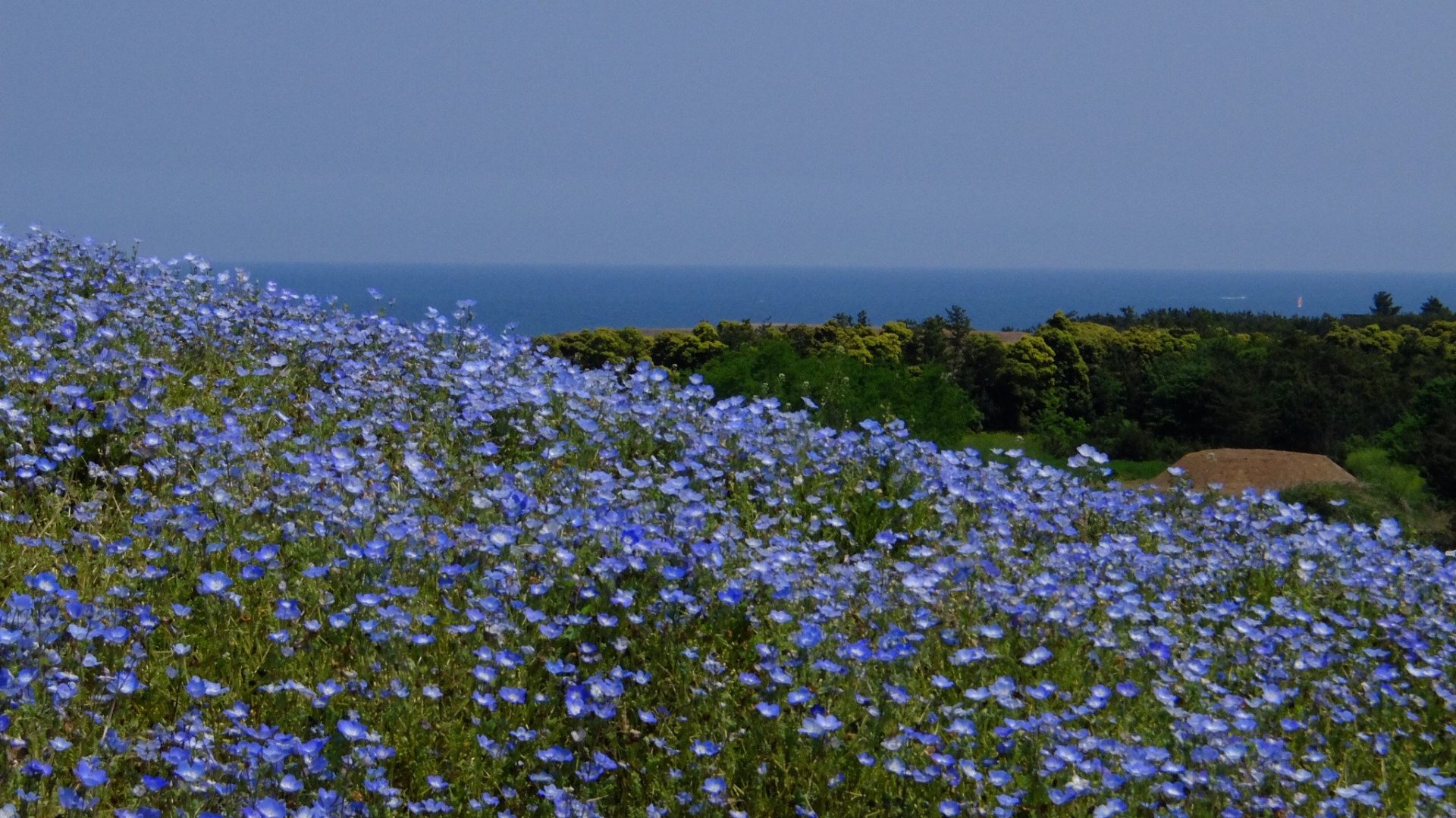I always love watching actors talk about their process, the art of acting, the craft… And this roundtable is about vulnerability. It’s great that Ke Huy Quan set the tone of this interview and it was very apt that it ended with him as well.
But what’s surprising to me is Jeremy Pope. I never knew anything about him before this roundtable but he gave me the most important nugget of wisdom in this episode. He was talking about his conversation with his therapist, telling her about his really high highs and really low lows. He told her, I just want to be steady, in the middle. I just want to be chill, he said. You know what his therapist’s reply was? She likened it to a heart hooked to a monitor.
“Jeremy, when you say you want steady, that means you’ve flatlined.”
That struck me. What Jeremy is saying is, life is about the highs and the lows. The moment you remain steady, that means you’re dead. Life is not about avoiding the highs and lows but rather it’s abou confronting a combination of those highs and lows and surviving these.
That was beautiful.
It reminded me of the line in the Googoo Dolls song Iris: “Yeah, you bleed just to know you’re alive.”
This roundtable brings me back to the documentary about John Cazale, the actor who played Fredo in The Godfather.
I keep coming back to this documentary when I want to feed my soul with the art of acting. This taught me why Fredo, despite his incompetence and disloyalty, you still felt sorry for him instead of being angry or annoyed with him. You feel more sympathy for him than for tough Sonny, when the latter was ambushed and died of multiple gunshot wounds. John Cazale made Fredo vulnerable through his subtle but great acting.
The minutiae. The control. The words that were never spoken but are still palpable as they hang heavily around the scene.
That scene with Michael with Fredo in that armchair, talking about being bypassed by their father, Don Vito Corleone, was an example of how not to overact in a very charged scene. 👌Instead of standing and confront Al Pacino on the same physical level, John Cazale chose to be in that armchair, signifying his degraded status, using it to prop his quivering body that was so tense with repressed anger. Even Francis Ford Coppola said he didn’t know what to expect from John Cazale; he brings his own weapons to the set.
Vulnerability. It’s difficult to portray without overdoing it. It’s the hardest thing to show without dialogues, without the hysterics. It forces the actor to dig within his soul so that the vulnerability is reflected in his eyes, the small shaking of hands, the inflection in the voice.
The instinct of every person in this planet is to hide our vulnerabilities, because in the animal kingdom that would mean life and death or the next meal of a predator. That’s why cats do not show their bellies when they feel unsafe. They curl and hide every part of their bodies. They stuff themselves into the smallest box or hole.
In a way, a lot of artists do that. We hide away and tuck ourselves in some hovel or faraway cottage, to hide our vulnerabilities because we can easily be eviscerated. But then, it is our nature as well to bring out our vulnerabilities in our art—be it in writing, acting, singing, playing an instrument, or painting. We expose ourselves because there is this inexplicable desire to express those: to be seen, read, or heard. Because we can’t forever live inside our heads.
Because we have this need to connect.
Art is a means to connect, be it with other creatures or with the environment. We tell stories to each other. As I wrote yesterday, drawing was a way for me to convey to my friends I was not fine but I couldn’t find the words to tell them that.
Actors become actors because they want to tell a story. Their life experiences are tools that they carry in their sleeves to tell that story, so in a way the actors themselves are lending their personal stories to craft the story.
How I wish I could talk to somebody now about art, on this level, and not just write in on paper.








